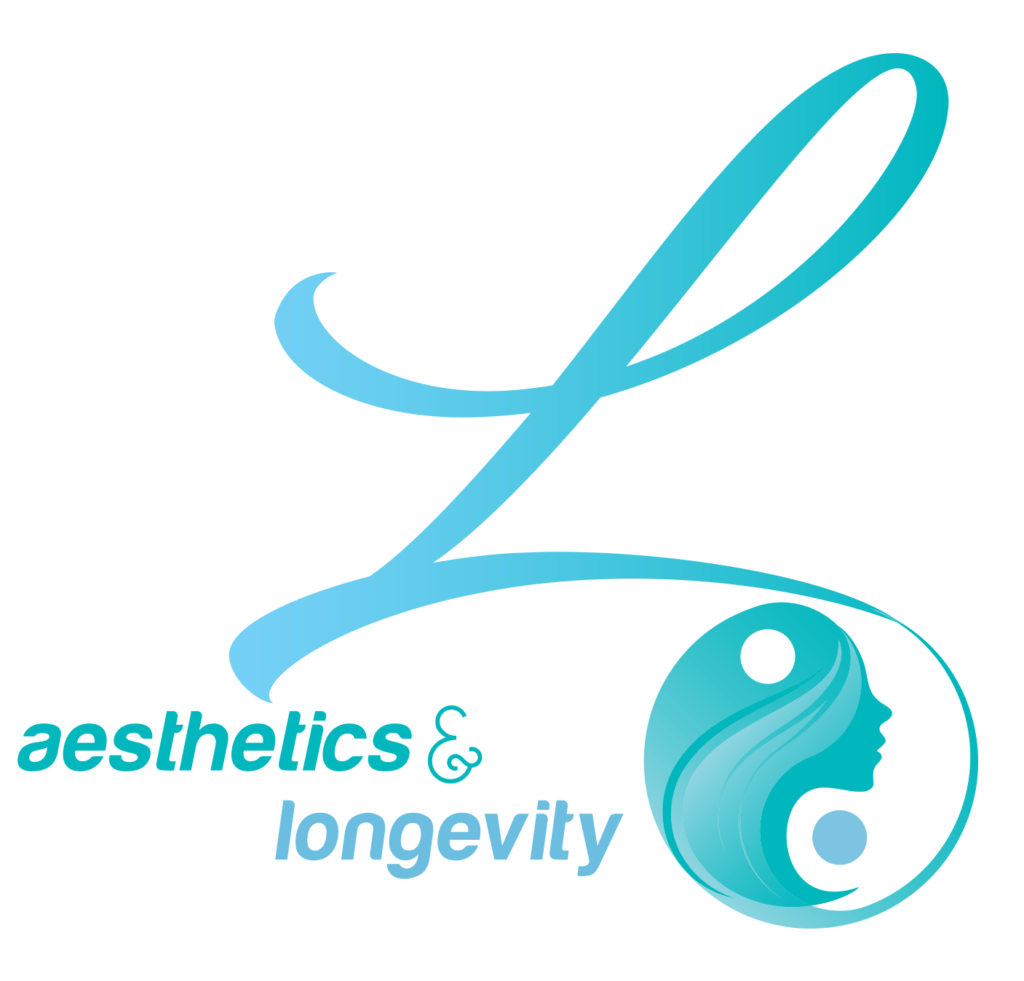Written by: Melissa Miller
What are stretch marks and can you get rid of them?
Stretch marks (striae) are indented streaks that often appear on the abdomen, breasts, hips, buttocks and thighs. Not everyone develops these narrow bands on their skin. Fluctuating hormone levels seem to play a role and you may also have a higher risk if people in your family get stretch marks. Stretch marks are more common in females, affecting 70% of adolescent females during puberty and up to 90% of pregnant women.
What causes stretch marks?
A stretch mark is a type of scar that develops when our skin stretches or shrinks quickly. Stretch marks are a natural response by the skin to adjust to the expansion of body weight.
The abrupt change causes the collagen and elastin, which support our skin, to rupture. As the skin heals, stretch marks may appear. When stretch marks first appear, they tend to be red, purple, pink, reddish-brown, or dark brown, depending on your skin color. Early stretch marks may feel slightly raised and can be itchy. In time, the color fades and the narrow bands sink beneath your skin.
Are there any treatme nts for stretch marks that really work?
nts for stretch marks that really work?
Stretch mark creams, lotions, and gels
Most products on the market that promise to get rid of stretch marks are false in their claims. Researchers have discovered that many remedies said to help prevent stretch marks don’t actually work. In studies, neither almond oil, cocoa butter, olive oil, nor vitamin E prevented stretch marks.
In office treatments
The use of physical modalities such as lasers, ultrasound, and microneedling holds some promise, but currently there is little compelling evidence that any treatment is very effective.
If you notice moderate to severe stretchmarks and want some questions answered, contact us today for a free consultation and more information.
